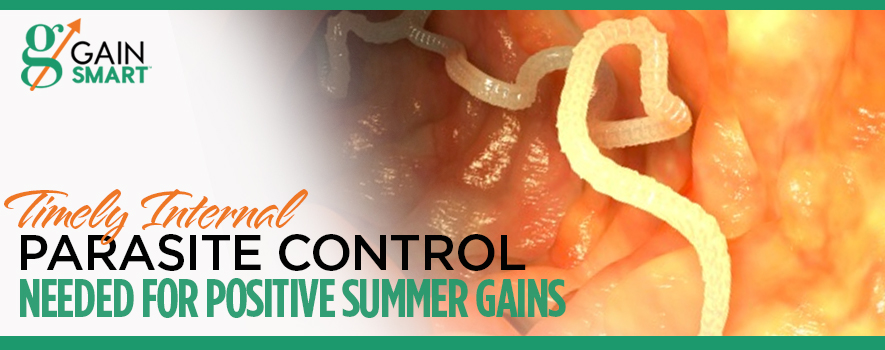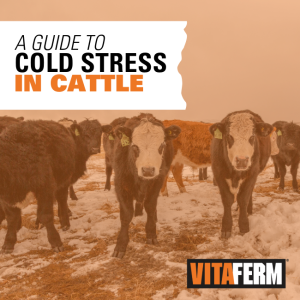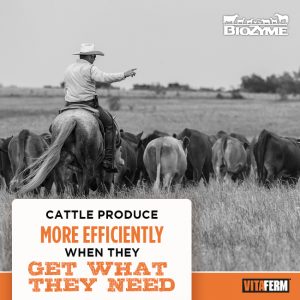
by Dana Zook, Oklahoma State University NW Area Livestock Specialist,
With early spring growth comes new infestations of internal parasites in beef herds. The practice of deworming cattle for internal parasite control has been a best management practice many years, however, this concealed enemy is easily overlooked.
Strategic deworming starts with the understanding of the parasite life cycle. There are some good “rules of thumb” to think about when attempting to determine timely internal parasite control within your beef herd. Moist, cool growing conditions are the perfect environment for larval development. Because of this, springtime is the target for Oklahoma producers to get a handle on internal parasite populations in cattle grazing spring pastures. Typically, more heavily stocked pastures will have higher worm populations compared to those at a correct stocking rate. Cattle living in a dry lot should have little parasite burden if they were wormed upon arrival to that dry lot. Over time, cows acquire some degree of immunity to internal parasite; however, some evidence shows evolution of these parasites to evade the animal’s immune system. Animals under stress are also more vulnerable to internal parasite infection. Bulls, first calf heifers, and calves should be the first target for deworming measures.
Internal parasites are extremely effective at developing immunity and as a result, it is very important to deworm only when necessary. Over the last decade, the use of pour-on parasite control was utilized to deworm cattle. With proper monthly application, pour-on products are very effective against external parasites; however, internal parasites have developed resistance to these products, which has led to very poor control. Without control, internal parasite infections can overload the immune system making it difficult for cattle to fight off other forms of infection. If unexpected health issues occur several weeks after receiving a group of cattle, producers may consider having the cattle examined for internal parasites.
Kansas State research reported deworming spring-born calves in the early summer resulted in summer weight gains of approximately 20 additional pounds. With current prices of a 600 lb. weaned calf at around $1.50/lb., 20 additional pounds of weaned calf would result in $30.00 more dollars per head. This minor investment of a few dollars and some labor is an effort worth the time.
While these ‘rules of thumb’ are a start in defining which cattle have a higher need for control, the best way to define internal parasite load in your cow herd is to obtain fecal samples for analysis. With these samples, fecal eggs can be counted to determine the internal parasite load.


